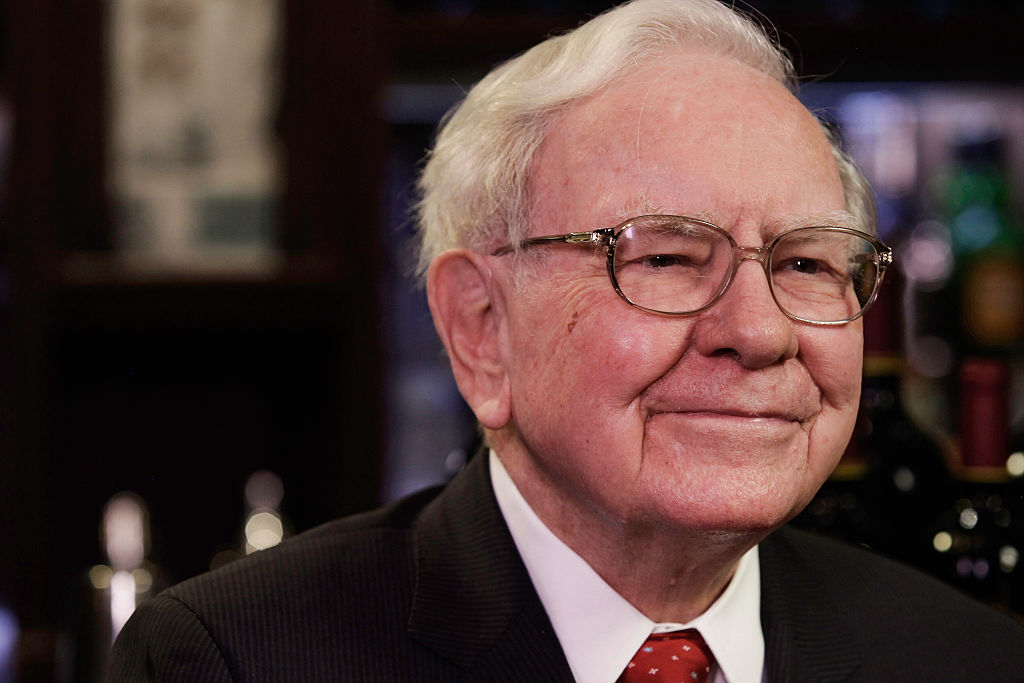After the Best Start in 26 Years, What Comes Next for Stocks?
History says the market should end the year with even more gains.


Notwithstanding some recent weakness following a downgrade of the United State's credit rating, stocks are off to their best start in more than a quarter of a century. The question now is whether the remarkable rally of 2023 can continue to run through year-end and beyond.
It's a perfectly reasonable question to ask. Thanks to the cognitive bias of loss aversion, bull markets always climb the proverbial wall of worry. Besides, everyone knows that stocks never go up in a straight line.
It's also true that valuations are indeed getting a bit stretched. To take just one example, consider the S&P 500 Shiller cyclically adjusted price/earnings ratio (CAPE). It has a solid track record of forecasting long-term annualized returns. At its current level, Shiller CAPE gives the broader market an implied annualized total return of 4% over the next 10 years. That's pretty crummy considering the S&P 500 delivered an annualized total return (price change plus dividends) of more than 12% over the past decade.
From just $107.88 $24.99 for Kiplinger Personal Finance
Become a smarter, better informed investor. Subscribe from just $107.88 $24.99, plus get up to 4 Special Issues

Sign up for Kiplinger’s Free Newsletters
Profit and prosper with the best of expert advice on investing, taxes, retirement, personal finance and more - straight to your e-mail.
Profit and prosper with the best of expert advice - straight to your e-mail.
Then there's the little matter of a possible economic downturn. As much as recession fears have receded – the staff of the Federal Reserve, for example, no longer expects one – sundry surveys and models still put the odds of a downturn hitting in the next year at uncomfortably high levels. Kiplinger's GDP outlook assigns a 40% probability to a recession happening over the next 12 months. More worrisome is the Federal Reserve Bank of New York's yield-curve model, which spits out a 67% chance of recession occurring in the next year.
Stocks typically sell off ahead of an economic downturn, so investors may be forgiven if they find these recession odds somewhat less than reassuring.
History sees more gains for stocks
Now for the good news. History suggests that stocks have plenty more upside to give in 2023 – although the gains are likely to be more modest than we've seen so far.
We know this based on work from the good people at Ned Davis Research. A new paper by Ed Clissold, chief U.S. strategist, and Thanh Nguyen, senior quantitative analyst, found that "strong starts to the year are followed by smaller gains the rest of the year, on average."
And what a start to the year it's been. The S&P 500 soared 19.5% on a price basis for the year-to-date through the end of July. That's the best start to a year since 1997, the Ned Davis folks found, and the 10th best start to a year since 1926.
When you consider that the tech-heavy Nasdaq Composite was up 37% on a price basis for the year-to-date through the end of July (and that the blue chip Dow Jones Industrial Average gained more than 7%), muted gains from here should be more than satisfactory. Let's not get greedy.
To get a sense of what we might expect, Clissold and Nguyen found that in all the years since 1926 in which the S&P 500 rose at least 15% through July, the index finished the year with additional gains 86% of the time. Furthermore, the median gain for the S&P 500 from August through December was 7%.
Put another way, history gives the broader market an 86% chance of finishing the year higher than it is now, and a 50% chance of putting up gains of at least 7%.
A more recent historical sampling of market performance is even more encouraging. Since World War II, in years in which the S&P 500 gained at least 15% through July, the benchmark index continued to rise from August through December 93% of the time. The median gain over those five months came to 7.6%.
Let's be bullish and project market performance using the more recent historical sample: if the S&P 500 were to add another 7.6% from its July 31 close, it would end the year at 4,938. That means the S&P 500 would deliver a 2023 price gain of 28.6%. Add in dividends, and the benchmark index would generate its third best total return of the past two decades.
That's exciting stuff. And yet… it should go without saying that history is a highly imperfect guide. A lot can change in five months. If the past is anything like prologue, however, our incipient bull market should keep running. And if it does, 2023 will rank as an elite year of returns for equity investors.
Fingers crossed.
More columns by Dan Burrows
Profit and prosper with the best of Kiplinger's advice on investing, taxes, retirement, personal finance and much more. Delivered daily. Enter your email in the box and click Sign Me Up.

Dan Burrows is Kiplinger's senior investing writer, having joined the publication full time in 2016.
A long-time financial journalist, Dan is a veteran of MarketWatch, CBS MoneyWatch, SmartMoney, InvestorPlace, DailyFinance and other tier 1 national publications. He has written for The Wall Street Journal, Bloomberg and Consumer Reports and his stories have appeared in the New York Daily News, the San Jose Mercury News and Investor's Business Daily, among many other outlets. As a senior writer at AOL's DailyFinance, Dan reported market news from the floor of the New York Stock Exchange.
Once upon a time – before his days as a financial reporter and assistant financial editor at legendary fashion trade paper Women's Wear Daily – Dan worked for Spy magazine, scribbled away at Time Inc. and contributed to Maxim magazine back when lad mags were a thing. He's also written for Esquire magazine's Dubious Achievements Awards.
In his current role at Kiplinger, Dan writes about markets and macroeconomics.
Dan holds a bachelor's degree from Oberlin College and a master's degree from Columbia University.
Disclosure: Dan does not trade individual stocks or securities. He is eternally long the U.S equity market, primarily through tax-advantaged accounts.
-
 The Santa Claus Rally Officially Begins: Stock Market Today
The Santa Claus Rally Officially Begins: Stock Market TodayThe Santa Claus Rally is officially on as of Wednesday's closing bell, and initial returns are positive.
-
 How to Leave Different Amounts to Adult Children Without Causing a Rift
How to Leave Different Amounts to Adult Children Without Causing a RiftHere’s how to leave different amounts to adult children without causing a family rift.
-
 My Retirement Learning Curve, 1 Year In
My Retirement Learning Curve, 1 Year InA retiree checks in with what they wish they knew early on and what they've changed about their plan one year in.
-
 How the Stock Market Performed in the First 6 Months of Trump's Second Term
How the Stock Market Performed in the First 6 Months of Trump's Second TermSix months after President Donald Trump's inauguration, take a look at how the stock market has performed.
-
 Vanguard Is 50! Here's How It Has Made Investing Better
Vanguard Is 50! Here's How It Has Made Investing BetterVanguard was established by John C. Bogle in May 1975, and the fund manager's impact on investing has been revolutionary.
-
 Warren Buffett Stocks: A Look at Berkshire Hathaway's Holdings
Warren Buffett Stocks: A Look at Berkshire Hathaway's HoldingsWarren Buffett's holdings are a diverse set of blue chips and lesser-known growth bets. Here, we look at Buffett's stock picks, as well as those of his lieutenants.
-
 7 Best Stocks to Gift Your Grandchildren
7 Best Stocks to Gift Your GrandchildrenThe best stocks to give your grandchildren have certain qualities in common. Here, we let you know what those are.
-
 How to Master Index Investing
How to Master Index InvestingIndex investing allows market participants the ability to build their ideal portfolios using baskets of stocks and bonds. Here's how it works.
-
 The Best Vanguard ETFs to Buy
The Best Vanguard ETFs to BuyThe best Vanguard ETFs all feature rock-bottom fees, large asset bases and long trading histories. Here are a few of our favorites.
-
 Investing in Gold Is Dumb
Investing in Gold Is DumbStocks are better than gold for both generating wealth and offering protection against inflation.
-
 Debt Ceiling Crisis: What Did Stocks Do the Last Time the U.S. Nearly Defaulted?
Debt Ceiling Crisis: What Did Stocks Do the Last Time the U.S. Nearly Defaulted?Playing chicken with the debt ceiling has been bad for stocks in the past.